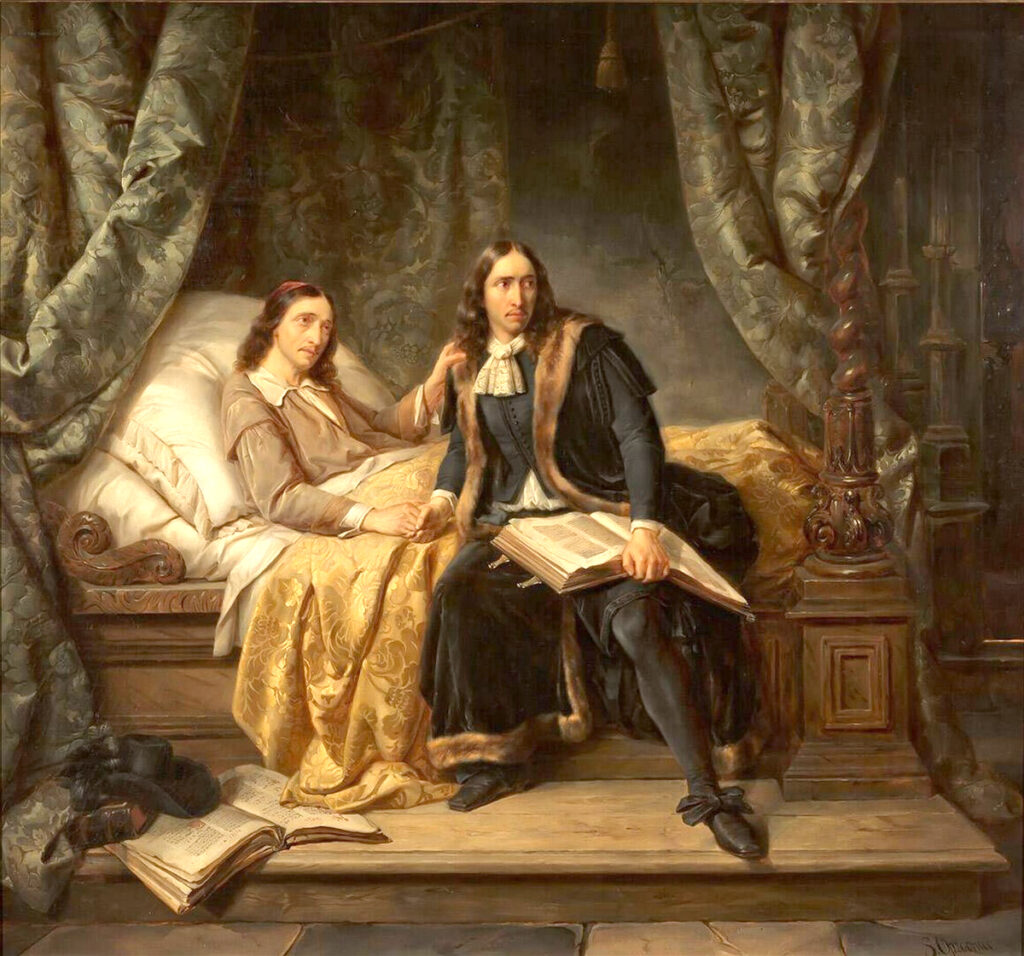dordrecht
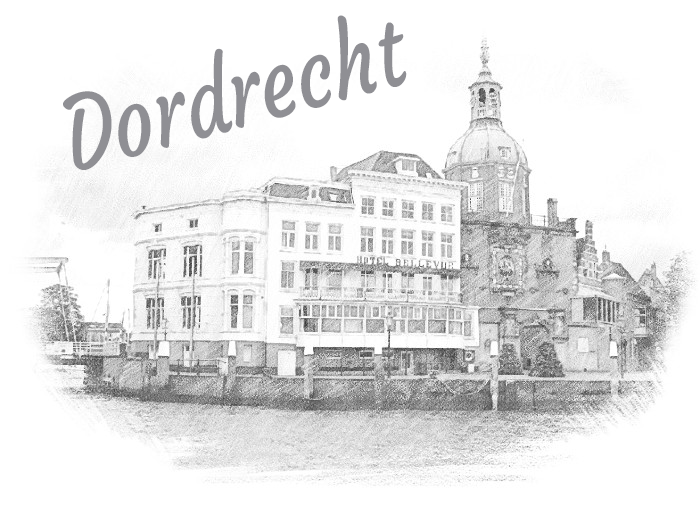
visitors are transported back in time
Dordrecht is a charming city that beautifully blends history with modernity. As one of the country’s oldest cities, Dordrecht boasts a rich heritage that attracts visitors from all over the world.
With its picturesque canals, medieval architecture, and cobblestone streets, Dordrecht offers a captivating glimpse into the past. Strolling through the city’s historic center, visitors are transported back in time as they explore centuries-old buildings, churches, and museums.
Dordrecht’s pivotal role in Dutch history is evident from its past prominence as a major trading port during the Middle Ages. The city’s strategic location at the confluence of several rivers allowed it to flourish as a vital commercial hub, leaving behind a legacy that still shapes its identity today.
Beyond its historical allure, Dordrecht embraces modernity with a vibrant arts and cultural scene. Art galleries, theaters, and music venues dot the city, providing a perfect balance between the old and the new.
Nature lovers will find solace in Dordrecht’s scenic surroundings, as the city is surrounded by lush green landscapes, windmills, and serene waterways. The Biesbosch National Park, a stunning freshwater tidal area, is a haven for wildlife enthusiasts and outdoor adventurers alike.
Whether you’re interested in history, art, nature, or simply seeking a tranquil escape, Dordrecht has something to offer everyone. It’s a hidden gem in the Netherlands that invites you to step into the past while embracing the wonders of the present.

Great or Our Lady Church
The Great or Our Lady Church is a cruciform basilica in Brabant Gothic style with an unfinished tower and the second oldest church in the city.
In 1572 the church came into the hands of the Protestants. The church was severely damaged by a large city fire in 1457, but four years later the damage was repaired. Around 1470 the church had its present form. The Flemish architect Everaert Spoorwater played an important role in the construction. The tower, designed by Antoon I Keldermans, was built from around 1504 but it was never fully completed. The church was last completely restored from 1982 to 1987. The tower measures 65 meters, with the large trans at 52 meters. The tower is crooked. As with, for example, the Tower of Pisa, this is due to the marshy subsoil. It was not sturdy enough to carry the tower without sinking. The original plan was to provide the tower with an octagonal floor and a spire with which it should have been 108 meters high. The skew was the main reason why that plan was not implemented in the Middle Ages. Instead, there are four hand-bells on the tower, each in its own stone panel. Between 1953 and 1973, a restoration took place in which the skew of 2.25 meters was stabilized by installing a new foundation of reinforced concrete.
town hall
The Town Hall of Dordrecht is a town hall built in 1383 by Flemish merchants.
The Flemish merchants initially used the building as a market hall for trade in linen fabrics. At that time, the building still had a Gothic appearance. In 1837 this was largely demolished and replaced by classicist new construction. Remains of the Gothic building are still visible at the back of the town hall and in the vaulted cellar.
Since 1544, the building has been in use by the city’s administrators. The square in front of the town hall was built in 1679; the façade and staircase with lions date from the 19th century.
In April 1904, the then famous Harry Houdini performed his handcuffing act in city hall for a number of senior local officials, including Mayor Alfred Rudolph Zimmerman. Houdini was then on tour through the Netherlands with his circus.
city on the river merwede
The city of Dordrecht arose on the river Thure in the middle of peat bogs. The Thure was a branch of the river Dubbel and ran approximately at the height of the current Bagijnhof.
The original name of Dordrecht is Thuredrith. This means “ford in the river Thure”. Over time, Thuredrith would change into Dordrecht, is one of the several name explanations. The oldest mention of the city dates from around 1120. In 1220, the Dutch Count Willem I confirmed Dordrecht’s city rights. Due to its strategic location and the acquisition of staple rights in 1299, the city developed into an important warehouse. Dordrecht mainly traded wine, wood and grain. In 1366 the Mint of Holland was established there. Around 1400 the city had more than 8000 inhabitants, making it the largest and most important city of the County of Holland. In 1421, Dordrecht came to lie on a small island as a result of the Sint-Elisabeth flood, in which large parts of the hinterland drowned forever. Later this was extended to the current Eiland van Dordrecht, but the eastern part of the Grote Waard, the Biesbos, was never reclaimed.

darkest pages in Dutch history
The De Witt brothers are lynched
August 20,1672. Johan and Cornelis de Witt were the sons of the mayor of Dordrecht. They grew up in this city and rose as leaders of the Netherlands.
On August 20, 1672, the brothers Johan and Cornelis de Witt were lynched in The Hague by an angry mob. Their bodies were then mutilated and torn into pieces. Some parts of their bodies were even traded, taken as souvenirs or eaten.
In the Historical Museum of The Hague you can find a tongue and toe that are said to have belonged to the de Witt brothers. After the lynching, these came into the possession of supporters of the brothers and were subsequently preserved as a kind of relic.
“The country was helpless, the regents were distraught and the people were senseless”.A considerable part of the people wanted an Orange in power, but the republic was in a so-called ‘stadholderless era’ during this period.The province of Holland, under the leadership of Johan de Witt, had abolished the stadholdership for good in 1667 with the Eternal Edict to prevent Prince William of Orange, the only legitimate son of the deceased William II, from succeeding his father as stadholder. The other six provinces had gone no further than to establish that the position of stadholder could not be combined with that of captain-general, commander-in-chief of the State army. Under pressure from the Orangists, more and more voices were raised to appoint the prince commander-in-chief. The De Witt brothers were vehemently opposed to this.
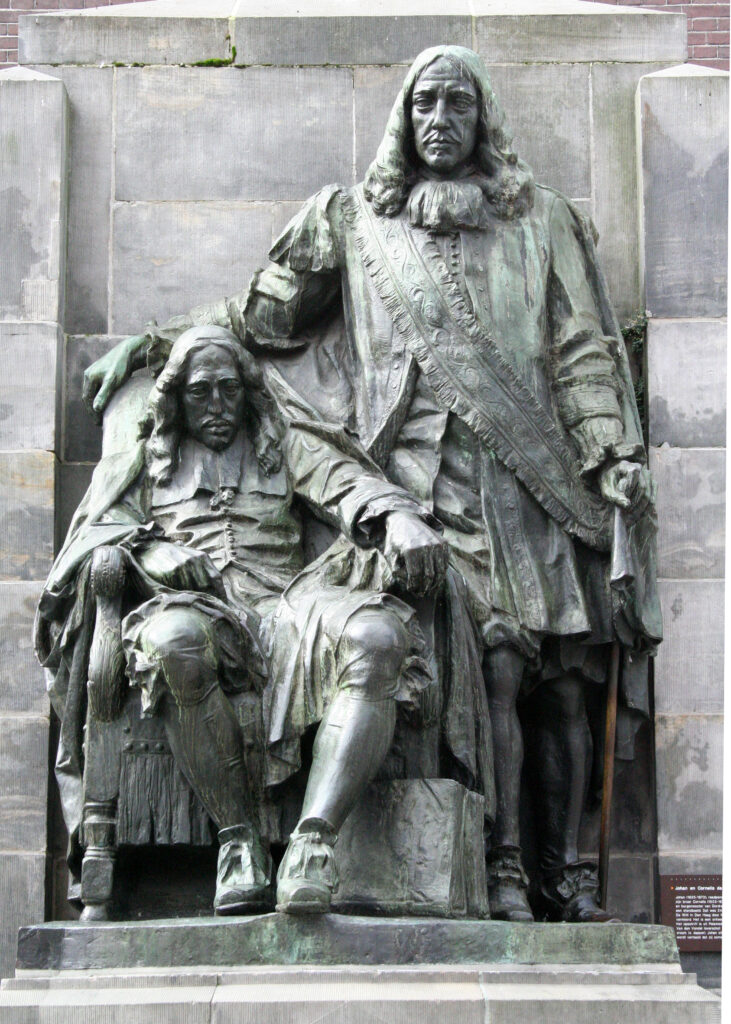
The murder of Johan and Cornelis de Witt is undoubtedly one of the darkest pages in Dutch history.
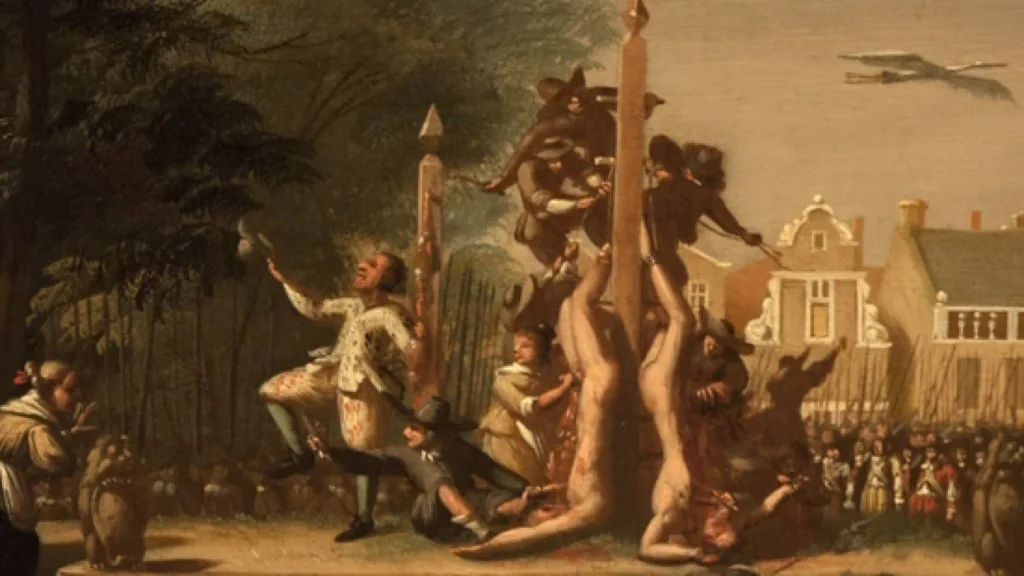
Biesbosch
The Dordtse Biesbosch is an approximately 1000 hectare large part of the Hollandse Biesbosch. It can be found on the southern part of the Island of Dordrecht.
The Dordtse Biesbosch is located on the Hollandsch Diep and the Nieuwe Merwede next to the Moerdijk bridge south of Dordrecht. The Hollandse Biesbosch offers peace and food to tens of thousands of water birds such as nun, large merganser, barnacle goose and kolgans. Birds of prey like to use the Biesbosch as a winter residence. The bald eagle has been a permanent resident of the area since about 2010.
Deer and beavers can also be found in the Hollandse Biesbosch. The tidal difference is sometimes a problem for the deer, because at high water levels their habitat outside the dikes floods. They are then forced to retreat to the polder quays in groups.

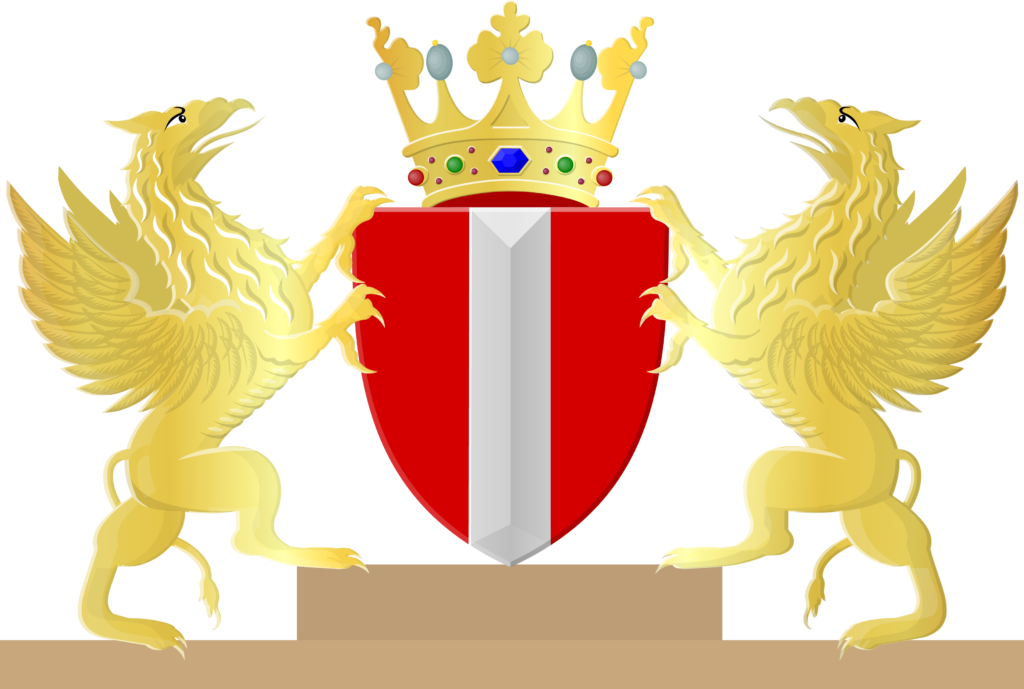
Dordrecht is the oldest city in the County of Holland and the oldest known document with a seal of the city seal dates from 1220.
A church is depicted on this seal. From about 1296 the city uses a seal with the image of a castle. In the seventeenth century, the current coat of arms was used as a counter-seal on documents. It was not until 1775 that the city seal appeared with the current coat of arms, but with a crown of five leaves. The coat of arms itself is older: the oldest known image of it is from 1430, in a painting. The origin of the weapon is unknown. The shield covered with a crown and 3 fleurons, and held on both sides by a griffin of gold.”
A griffin, also called a griffin or Bird Griffin, is a hybrid fable animal that symbolizes dominion over two realms: over the earth (its lion’s body) and over the sky (the head and wings of an eagle). It is a hybrid creature like the centaur and the dragon. In addition to the characteristics mentioned, he also has the ears of a horse and a comb that appears to be made of fish scales.

Groothoofdspoort
The Groothoofdspoort is a still existing city gate of Dordrecht. The gate is located at the point where the three rivers, the Oude Maas, the Merwede and the Noord meet.
Building history research has shown that the core of the gate has its origins in the fourteenth and fifteenth centuries. This can be seen in the gate passage. The vaults, although completely re-bricked during the radical restoration in the seventies, are Gothic in origin. During the renovation of 1618, the gate was decorated with sculpture in Mannerist style. In 1692 the roof was replaced by the current dome.

Above the passage you can see the Maeght of Dordrecht. The front gate in Louis XV style on the river side dates from the 18th century and replaced an older front gate.
The virgin is seated in a garden (fence, which on the one hand symbolizes her unmarried state, but on the other hand refers to the impregnability of the city of Dordrecht, because it is surrounded by water). In one hand she has the coat of arms of Dordrecht and in the other hand a palm branch. Around her are depicted weapons of Dutch cities, which were in relation to Dordrecht.
The Four Poster Bed
The Railway Bridge Dordrecht (also called Zwijndrechtse Brug) is a railway bridge between Dordrecht and Zwijndrecht.
The railway bridge crosses the Oude Maas and is part of the Breda – Rotterdam railway line. The bridge consists of a fixed part of two two-track half-timbered bridges next to each other and a movable part of two two-track lift bridges. The railway bridge is therefore also called ‘The Four Poster Bed’ by the people of Dordrecht.






